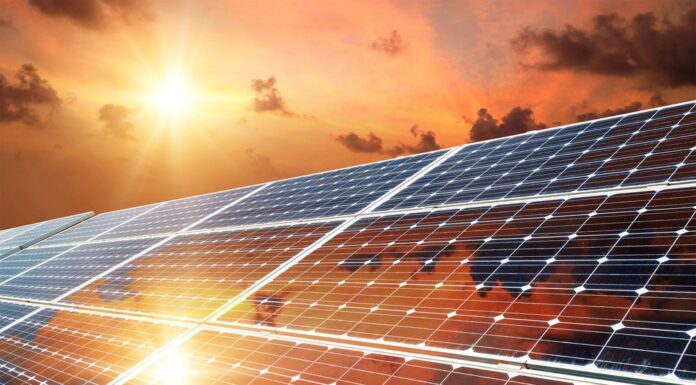Vertical farming is a soil-less farming method that uses vertically stacked layers to grow plants. It’s an increasingly popular process of growing food indoors. Vertical farms are highly praised for its ability to reduce space and energy in production. Because of their efficiency, they are a viable solution for farming in challenging environments such as cities and deserts. With vertical farms, farmers can grow different types of fruits and vegetables without taking up so much land area.
Vertical farms vs. Traditional farms
Vertical farming is a very sustainable method of farming. Compared to traditional farming, it requires 95% less water, space, and soil. This allows almost everyone to grow food in all kinds of environments.
Unlike traditional farming which requires acres of land, vertical farming can be done in almost any place and structure. You can build a vertical farm in a skyscraper, a shipping container, or a warehouse.
There are also plenty of negative effects of traditional farming that affect our environment. First, the decline of soil in planting areas. When we use soil for planting, it loses its nutrients and becomes dry and barren. Farming also results in the over-consumption of water for irrigation. Since farming started, the rise of pesticide-resistant insects that ravage wildlife habitats has also increased.
4 Main Components of Vertical Farming
Lighting
There are three types of grow lights used in vertical farming. The fluorescent grow lights, HD grows lights, and LED grow lights.
The layout of the farm
Vertical farms are often inside controlled environments using soilless farming techniques. They can be put inside buildings, tunnels, mine shafts, or shipping containers.
Sustainability features
Vertical farms offset the energy cost of farming. It also uses 95% less water.
Growing Medium
There are different ways to grow crops successfully on a vertical farm. Famers use different techniques using the most advanced green technology and tools.
What is hydroponics?
The word hydroponic is always present in any conversation about vertical farming. Hydroponics is the predominant system used in vertical farming. Through this method, plants can grow in nutrient solutions without the need for soil. It is monitored and maintained daily to adjust to the correct chemical composition in the nutrient solution.
Another system that’s also used but not as popular as hydroponics is aquaponics. In this system, there are three biological components: plants, fish, and bacteria. Using aquaponics technology, farmers can use fish water to fertilize plants and get nutrients. The plants clean water for fish. The result is a nutrient-rich production of both fish and vegetables.
The Benefits of Vertical Farming
- Grow More Food
Vertical farming allows farmers to grow 75x more food in the same square footage as a traditional farm. Experts estimate that one acre of an indoor farm is equivalent to 6 acres of an outdoor farm.
- Produce Food All Year Long
In regions where there are short growing seasons, vertical farming can be a game-changer. Vertical farms don’t rely on the climate outside to grow food which means you can grow any food any time of the year. This ensures food quality all year round.
- Require Less Water
Vertical farming is so sustainable that it can save a lot less water than traditional farming. Farmers claim that they use 95% less water when growing crops in vertical farms than conventional farms.
- Healthier Produce
Because the plants are kept indoors, there’s also no need to use harmful pesticides yielding healthy organic products for consumers. Farming with no soil also means there would be no weeds and soil-borne pests that will affect the crop’s growth.
- Conserve Natural Resources
Vertical farming can conserve natural resources such as water and land. There will be less water waste and more land to plant trees. Forests and other animal habitats won’t have to be converted to farms just to feed the population.
The Current and Future State of Vertical Farming
Based on recent data, around 80% of the total population will soon want to live in urban areas. This will increase the population and demand for food. Sustainable farming methods like vertical farming can provide a significant boost to crop production. It can also play a large role in the future of agriculture.
Can vertical farms be the answer to food shortage problems? Vertical farming tools and new technologies are developing at a fast rate. However, there’s still a lot of work in reducing the costs of these tools.
As of now, the operating expenses, lighting, and labor can be challenging for companies who would want to open a big vertical farm. This is why ROI in vertical farming is still mediocre. Vertical farming despite still a new technology has a huge potential in solving our world’s greatest challenges including food shortage.










